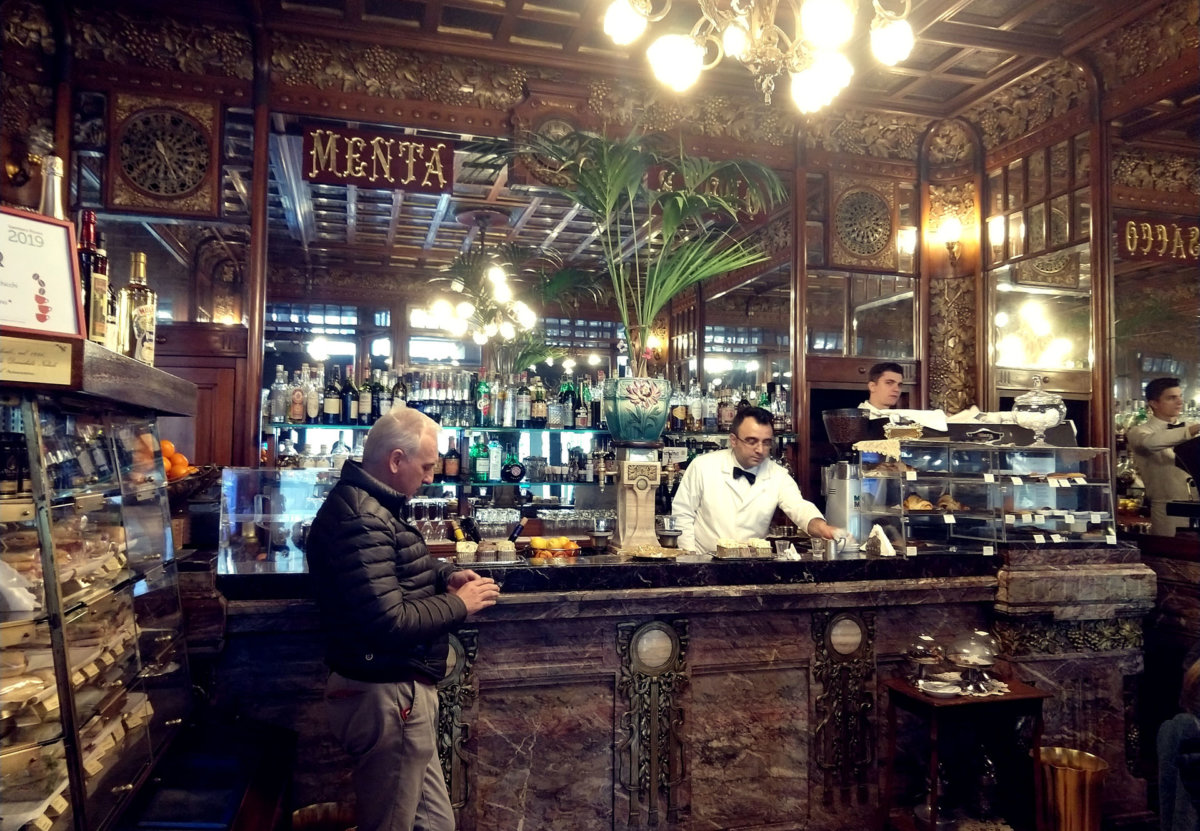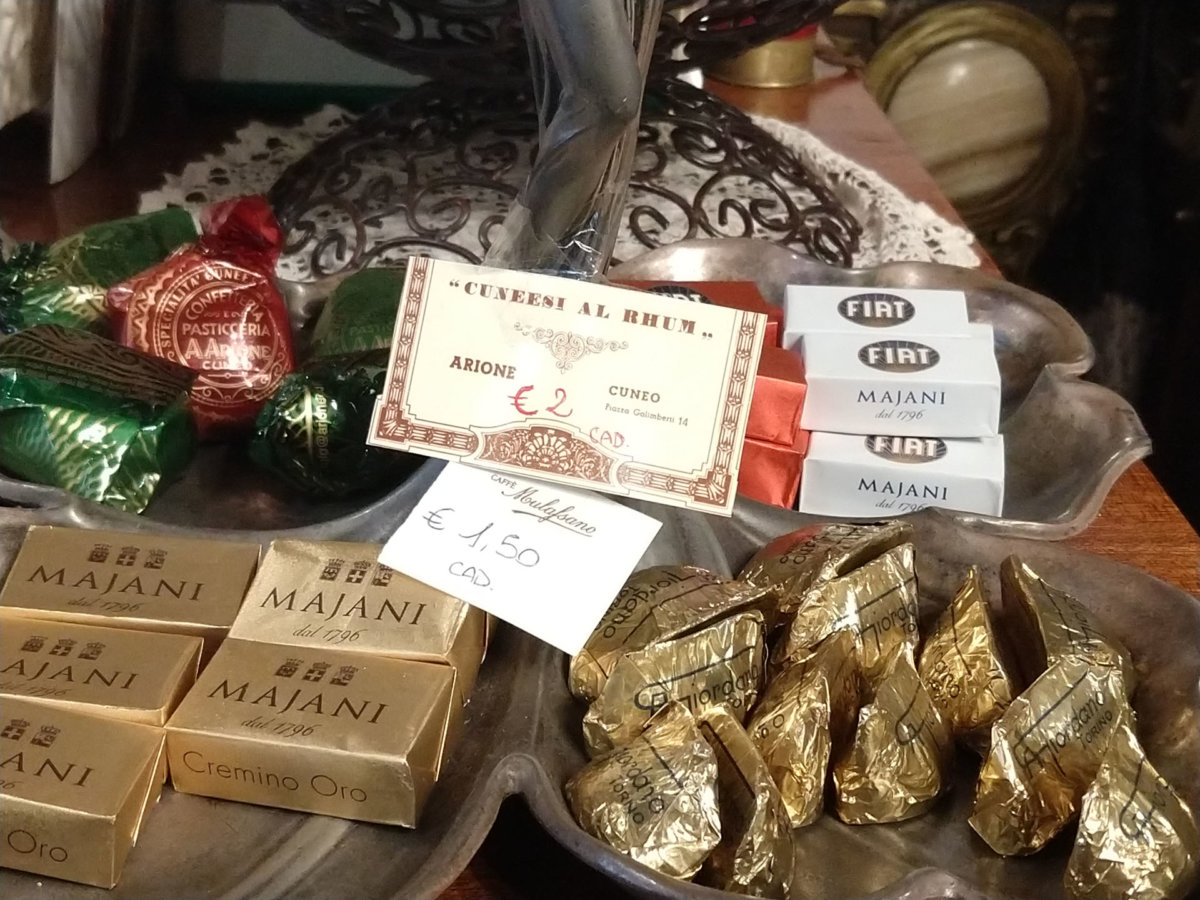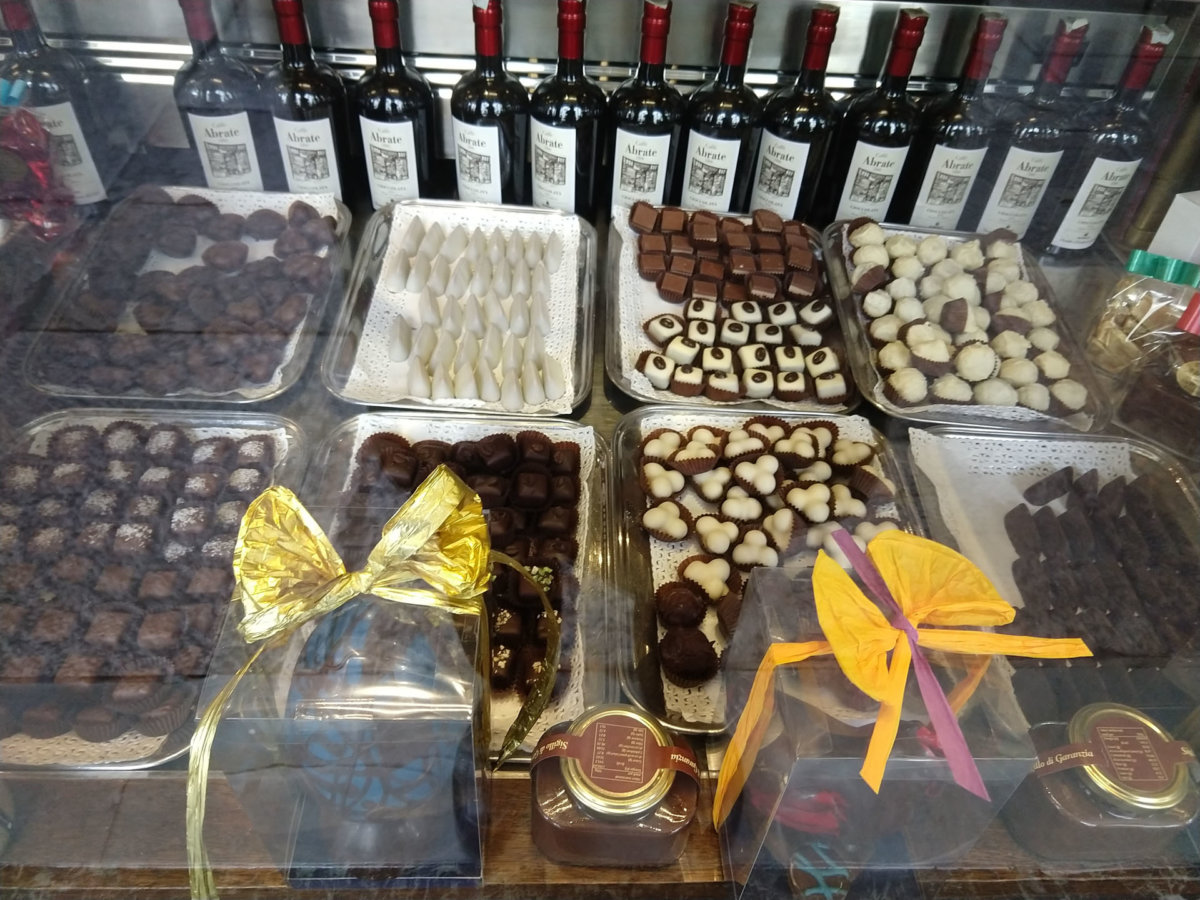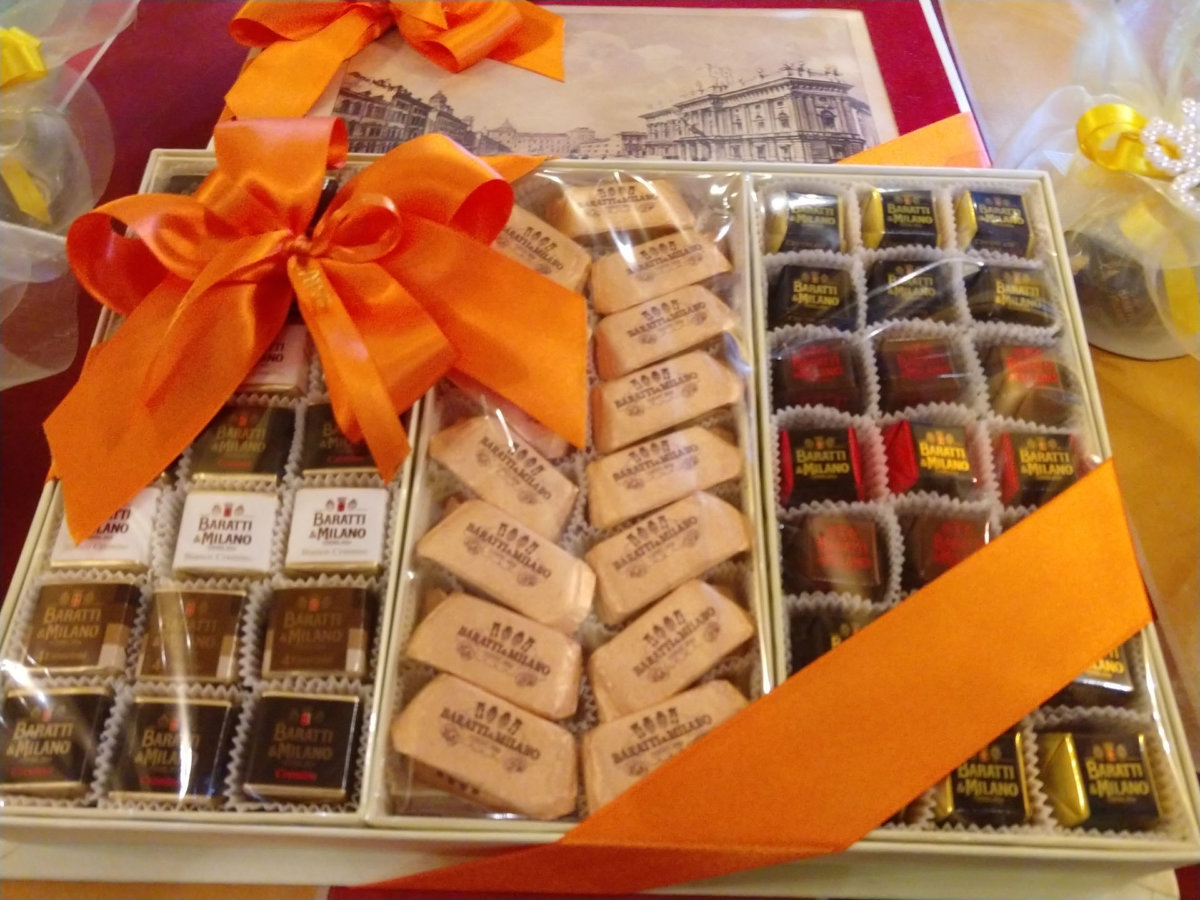Did you ever hear anything about gianduiotti or cremini FIAT? May be yes, but I’m pretty sure that you never heard the name bicerin. The point is: why can you find so many chocolate varieties and specialities in Turin and since when?
If you are interested in answering these questions, then follow me for a while and let me try to explain to you the whole story.
Everything begins in the mid fifteen hundreds when Turin becomes the new capital of the Duchy of Savoy and both events are due to Emmanuel Philibert, called “iron head”, the duke that might be considered the real father of the modern Turin, the city that we see and know today.
The liberation from the French occupation and the new role as the capital of the Duchy is a consequence of the Duke’s military virtues (and obviously of the alliance with the Spain of his cousin Charles V), while the arrival of cocoa in Piedmont is precisely the result of this special relationship with the country of the conquistadores. It’s no coincidence that the European areas with the most ancient tradition in chocolate production are Belgium (at that time belonging to Spain) and Piedmont, the first ones to receive cocoa from the Spanish Viceroyalty of Mexico.

We can’t say with every confidence when chocolate really appeared for the first time in the city (at those times it was just a drink, as well as in pre- Columbian Messico of course): probably already used to celebrate the transfer of the capital in 1560, the new speciality played for sure an important role in the wedding festivities for the marriage of the Duke’s firstborn with the Infanta of Spain. This event led almost immediately the local nobility to adopt the new drink and bourgeois and commoners didn’t want to be outdone.
The first licenses to produce chocolate were rapidly issued by the public administration and a lot of small-scale producers came on the scene, a tradition that is still going on, considering that in Turin the industrial production, in any case of high level, is rather the exception than the rule.
The celebrated bicerin [small glass], the typical drink of our city, consisting of chocolate, coffee and milk cream (in three layers carefully separated and visible inside the glass) was already well-known in the eighteenth century. An authoritative testimony comes to us from Alexandre Dumas who, during his stay in the city, had the opportunity to taste it and to let people know that “the excellent drink” also had a reasonable price (3 coins or 4, if with the stissa, that is an additional drop of melted chocolate). The definitive fame came, however, thanks to the Count of Cavour, who never failed to stop at the Bicerin Café, while the Royals were at mass in the nearby church of the Consolata.

To get the giandujotti we have to wait until 1865 and their father is Michele Prochet, who combined the Langhe hazelnuts (the so-called “gentle round” hazelnuts) with cocoa and had the brilliant idea of wrapping the pralines in the typical golden paper (at that time a great novelty) making them officially presented by Gianduja on the occasion of the Carnival. The good Gianduja would rather have to do with wine, as the name tells us (Giuan dla duja = John of the flask), but it was certainly an excellent marketing operation!
New equipment for the production of chocolate was also invented in Turin and the fame of the city attracted two Swiss young men that started working here as apprentices, namely Cailler and Suchard. They treasured the knowledge acquired here and brought home the noble art of the chocolate maker.
In the twentieth century, the momentum didn’t go out, from pralines to bonbons, from chocolate truffles to cremini, from bunet to Gianduja ice cream and now, if you followed me so far, it would perhaps be worthwhile to come with me to fully experience ambience and specialities of the elegant historical cafés and patisseries of Turin.




